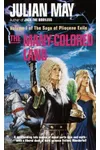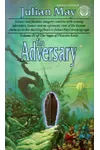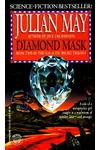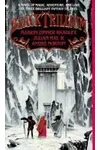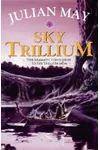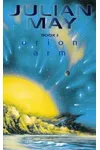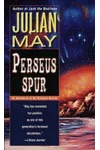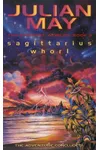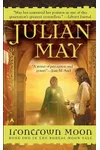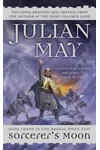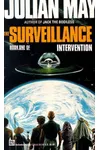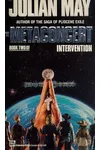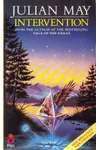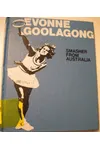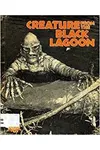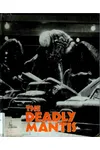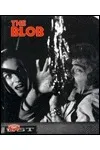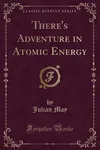Picture a Chicago-born storyteller who whisked readers to ancient Earth and distant galaxies—meet Julian May! This science fiction and fantasy maven captivated audiences with her intricate worlds and psychic-powered characters. Best known for the Saga of Pliocene Exile and Galactic Milieu series, May’s knack for blending mythology, science, and adventure made her a standout in 20th-century speculative fiction.
With over 250 books to her name, from young adult nonfiction to sprawling sci-fi epics, May’s career was as diverse as her imagination. Let’s dive into the life of this trailblazing author who left an indelible mark on the genre!
The Making of Julian May
Born Julian Clare May on July 10, 1931, in Elmwood Park, Illinois, young Judy May discovered science fiction at 16 through pulp magazines. By her late teens, she was deep in fandom, publishing her fanzine Interim Newsletter and co-founding Science Fiction International. Her first professional sale, the 1951 short story 'Dune Roller,' appeared in Astounding Science Fiction under the pseudonym J.C. May, complete with her own illustrations. In 1952, she made history as the first woman to chair a Worldcon, the Tenth World Science Fiction Convention in Chicago.
After marrying Ted Dikty in 1953, May shifted gears, writing nonfiction for encyclopedias and children’s publishers. For over two decades, she penned thousands of science articles and over 250 juvenile books under various pseudonyms, honing her research skills and storytelling craft.
Julian May’s Unforgettable Stories
In the late 1970s, May returned to science fiction with a bang, inspired by a diamond-studded spacesuit she crafted for Westercon 29. This sparked the Saga of Pliocene Exile, a four-book series starting with The Many-Colored Land (1981), which won the 1982 Locus Award. Set six million years in the past, it follows time-traveling humans caught in a conflict between psychic alien races, the Tanu and Firvulag. The series, known for its rich Celtic and Norse mythological influences, includes The Golden Torc (1982), The Nonborn King (1983), and The Adversary (1984).
May continued her universe with the Galactic Milieu series, beginning with Intervention (1987) and followed by Jack the Bodiless (1992), Diamond Mask (1994), and Magnificat (1996). These books explore humanity’s evolution into a psychic-powered society, blending hard science with parapsychology. Her Rampart Worlds trilogy (1998–2001) and Boreal Moon series (2003–2006) showcased her versatility, mixing space opera and epic fantasy. May’s style—vivid world-building, complex characters, and mythic resonance—drew comparisons to giants like Frank Herbert.
She also collaborated with Marion Zimmer Bradley and Andre Norton on the Trillium series, contributing Black Trillium (1990), Blood Trillium (1992), and Sky Trillium (1997), which fused fantasy with ecological themes. Her ability to craft believable, immersive worlds grounded in scientific and mythological detail kept readers hooked.
Why Julian May Matters
Julian May’s work reshaped science fiction by blending fantasy and hard science in ways few dared. Her metapsychic themes, exploring humanity’s psychic evolution, offered fresh takes on civil rights and identity, resonating with readers. The Saga of Pliocene Exile earned Hugo and Nebula nominations, cementing her influence. In 2015, she was inducted into the First Fandom Hall of Fame, honoring her lifelong contributions to the genre.
May’s legacy endures through her meticulous world-building and fearless genre-blending. Her stories, praised for their depth and accessibility, continue to inspire writers and fans, proving that great sci-fi can be both thrilling and profound.
- Born: July 10, 1931, in Chicago, Illinois
- Key Works: The Many-Colored Land, Intervention, Jack the Bodiless
- Awards: 1982 Locus Award for The Many-Colored Land
- Pseudonyms: Lee N. Falconer, Ian Thorne, and more
Snag The Many-Colored Land and dive into Julian May’s thrilling sci-fi universe—your imagination will thank you!
